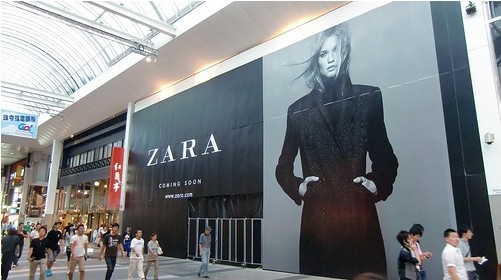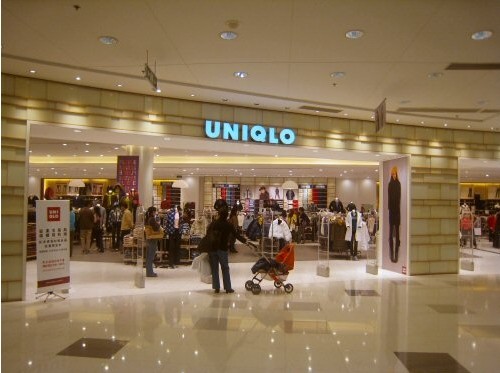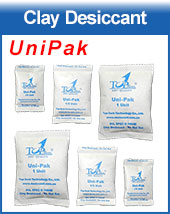Uniqlo vs Zara vs H&M vs the world of fashion retailing
10 Feb 2014Newsletter
Tweet inShare
Rather than subcontracting manufacturing to China, India or Bangladesh, Zara built 14 automated factories in its home country Spain, where robots work 24/7 cutting and dyeing fabrics and creating semi-finished products, which are then finished to suits, shirts, dresses and the like by about 350 finishing shops in Northwestern Spain and Portugal.
Globally, most fashion retailers have followed a similar business model for several decades. Designers and buyers keep searching for new fashion trends round the year and around the world. They make decisions 6-9 months in advance based on what they believe (or guess) consumers will buy. More often than not, bad bets result in heavy discounted sales (markdowns) to clear out unsold inventory.
Uniqlo, Zara, and H&M follow three uniquely different models that are each proving to be hugely successful. All three understand that success in the fashion business does not come from guessing on the next hot style. Any retailer may have a few great buyers who are able to identify some winners, but being dependent on the keen eye or gut feeling of a handful of people is a highly risky strategy.
Therefore, all three companies have institutionalized this process, thereby greatly reducing their markdowns. How do they do this? By gaining a deep understanding of their customers wants and needs. Sounds fairly simple, doesn't it?
 Japanese retailer Uniqlo wants to be the number one apparel brand in the world by 2020. In 2013, parent company Fast Retailings global revenue was 1143 billion Japanese Yen ($11.2 billion). Swedish apparel retailer H&M had revenues of 150 billion Swedish Kroner ($22.9 billion) in the same year, during which the estimated revenues of Spanish retailer Inditex Group (the parent and owner of Zara) was 16.6 billion Euros ($22.4 billion). In comparison, American fashion group Gap Inc. had revenues of about $16.5 billion.
Japanese retailer Uniqlo wants to be the number one apparel brand in the world by 2020. In 2013, parent company Fast Retailings global revenue was 1143 billion Japanese Yen ($11.2 billion). Swedish apparel retailer H&M had revenues of 150 billion Swedish Kroner ($22.9 billion) in the same year, during which the estimated revenues of Spanish retailer Inditex Group (the parent and owner of Zara) was 16.6 billion Euros ($22.4 billion). In comparison, American fashion group Gap Inc. had revenues of about $16.5 billion.Uniqlos topline has grown almost 67% in the post-Lehman four-year period from 2009 to 2013, whereas Inditex has grown about 50%, H&M 26.4% and Gap less than 19% during this period.
Tadashi Yanai, CEO of Fast Retailing and the wealthiest man in Japan, looks mild, but has ambitions of conquering the world. His goal is to turn Uniqlo into a company with $50 billion revenues by 2020, selling low priced yet fashionable, basics like Oxford shirts, V-neck cashmere sweaters, T-shirts, jeans and down jackets. Hes planning to open 1000 stores in the US market. Currently, hes got just 17 there.
Yanai differentiates Uniqlo from fast fashion chains like H&M and Zara. While other apparel companies try to find or follow the latest fashion trend, Yanai believes that customers care more about quality and value than about a quick response to changing styles. So, Uniqlo uses long development cycles in which they test new materials and designs. They create long-term partnerships with vendors. This strategy is similar to that of car manufacturers, who spend months or years in product development to create a new product.
Uniqlo identifies styles within product categories that dont go quickly out of fashion, finding a way to create levels of differentiation within these styles. The results have been impressive, and Uniqlo is gaining fast on competitors such as Gap.
At the other end of the spectrum is Zara, which has built its strategy around consumer trends, embracing the fast-changing tastes of its customers. Zara has developed a highly responsive supply chain that enables delivery of new fashions as soon as a trend emerges.
Zara comes up with 36,000 new designs every year, and it delivers new products as many as 2-6 times each week to its 1900+ stores around the world. Store orders are delivered in 24-48 hours. It takes the company only 10-15 days to go from the design stage to the sales floor. How is Zara able to do this? By being fast and flexible.
 Rather than subcontracting manufacturing to China, India or Bangladesh, Zara built 14 automated factories in its home country Spain, where robots work 24/7 cutting and dyeing fabrics and creating semi-finished products, which are then finished to suits, shirts, dresses and the like by about 350 finishing shops in Northwestern Spain and Portugal.
Rather than subcontracting manufacturing to China, India or Bangladesh, Zara built 14 automated factories in its home country Spain, where robots work 24/7 cutting and dyeing fabrics and creating semi-finished products, which are then finished to suits, shirts, dresses and the like by about 350 finishing shops in Northwestern Spain and Portugal.Imagine the foresight robots dont (yet) form a labour union and also don't take the weekend off. Some American apparel companies are now partly following the Zara model, getting their longer-lead-time goods manufactured (semi-finished) in Asia and doing the finishing work in the US.
H&Ms approach is somewhat of a hybrid of the Uniqlo and Zara models. It manages to merge a commitment to longevity while staying responsive to fashion trends. The clothing collections are created in Sweden by 200-odd designers. H&M outsources production to a network of more than 500 suppliers. About a third of their products are made in Europe, whereas almost two-thirds are made in Asia. Generally, the items with very short lead times are manufactured in Europe, with longer-lead items manufactured in Asia. Like Zara, this allows H&M to be more responsive to trends.
Its a new world war but this time, the English, the Germans and the Italians are no longer some of the key players, they've been replaced by the Swedes and the Spaniards, while the Japanese and the Americans are still in the game.
DISCLAIMER: The views expressed are solely of the author and ETRetail.com do not necessarily subscribe to it. ETRetail.com shall not be responsible for any damage caused to any person/organisation directly or indirectly.
About Amit Bagaria
Amit Bagaria, one of Indias most respected retail industry observers and commentators, is Chairman of Asipac, Indias leading mall development managers and retail research consultants. twitter handle: @asipac















